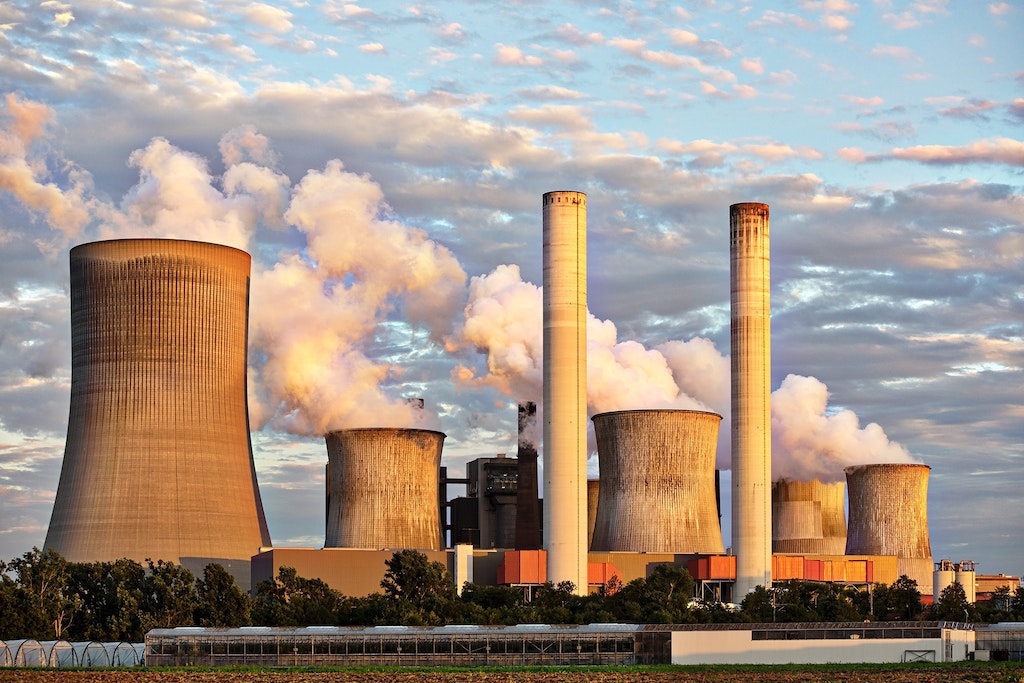Standard business general liability (GL) policies provide little coverage for pollution damage, including toxic spills like the one in West Virginia in 2014. Today most companies that store or handle potentially toxic materials purchase separate environmental liability, such as pollution liability insurance. These policies cover the exposure that the GL policy excludes.
Property owners purchase environmental impairment liability insurance to cover property loss and liability arising from pollution related damages for sites that have been inspected and found uncontaminated. Environmental liability insurance is usually written on a claims-made basis, which means that policies pay only claims presented during the term of the policy or within a specified time frame after the policy expires. Claims-made policies limit insurance companies’ exposure to unknown future liabilities.
In general, coverage includes statutory clean-up requirements, bodily injury and property damage, third-party claims, and legal expenses resulting from pollution or contamination incidents. The coverage kicks in both for incidents that are “sudden and accidental” as well as “gradual”. Coverage also exists for business interruption losses.
Several other types of environmental liability insurance exist:
- Environmental consultants errors and omissions policies cover consultants who advise third parties about environmental conditions.
- Environmental contractor policies cover operations that a remediation contractor performs.
- Environmental testing laboratory coverage addresses the liability of firms that analyze hazardous materials in the soil, ground or air.
There are also policies that protect lenders and real estate agents if they handle properties that later turn out to be contaminated.
Contact HRO Resources for more information on how to help your business protect against environmental liability.

